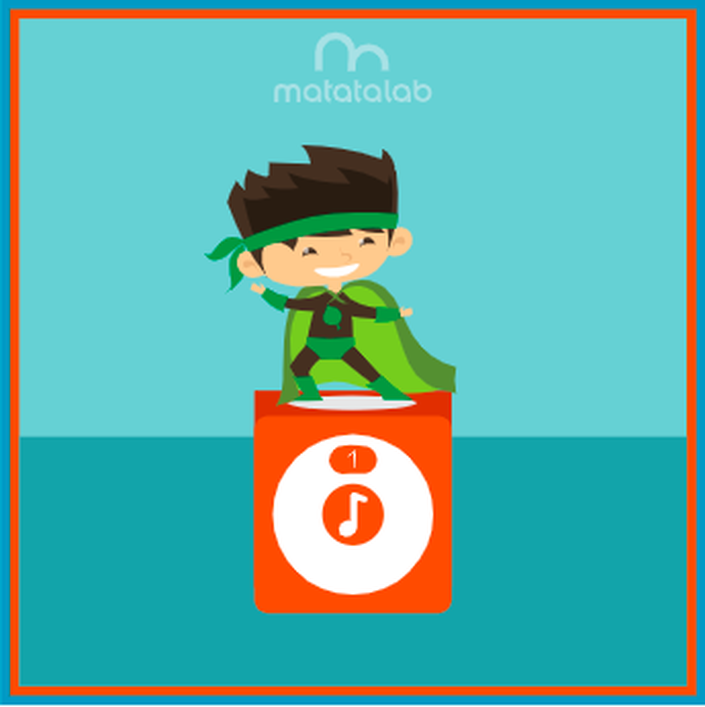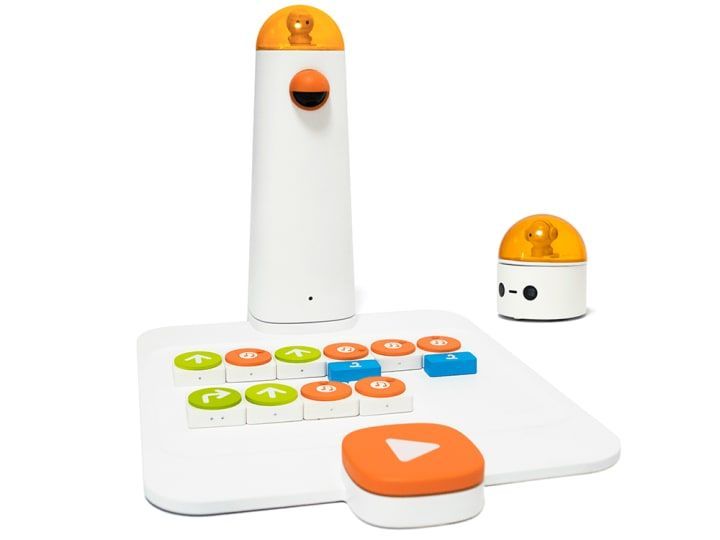
Matatalab: Creating Rhythm Patterns (Gr. 1-2)
Description
In this lesson, students will begin to learn about music notes and rhythm patterns which join together to create the language of music. Students will learn how to identify different types of notes that create different types of rhythm patterns and how to code them using Matatalab. Students will then take this knowledge and identify what a time signature is and how to use them to create rhythm patterns.
Objectives
- Students will identify, count, clap, and create musical notation
- Students will identify the whole, half and quarter notes
- Identify how time signatures are used in music
- Create rhythm patterns with 4/4 and ¾ time signatures
Curriculum Connections Summary
- Ontario - Coding & Art (Music)
- British Columbia - ADST & Art (Music)
- Alberta & Nova Scotia - ICT & Art (Music)
- New Brunswick, Quebec, Saskatchewan, Newfoundland, and PEI - Art (Music)
Find Out More

Screen Free: A more friendly way to learn fundamental coding concepts at a very early age. A physical way to learn abstract coding ideas without screen-time.
Words Free: The coding blocks have intuitive graphical symbols on them, building confidence for kids to predict the movement of the robot as well as to test and confirm their reasoning.
Game Based Learning: With Matatalab, if kids don't feel like seriously coding, they are play maze game adventures.

